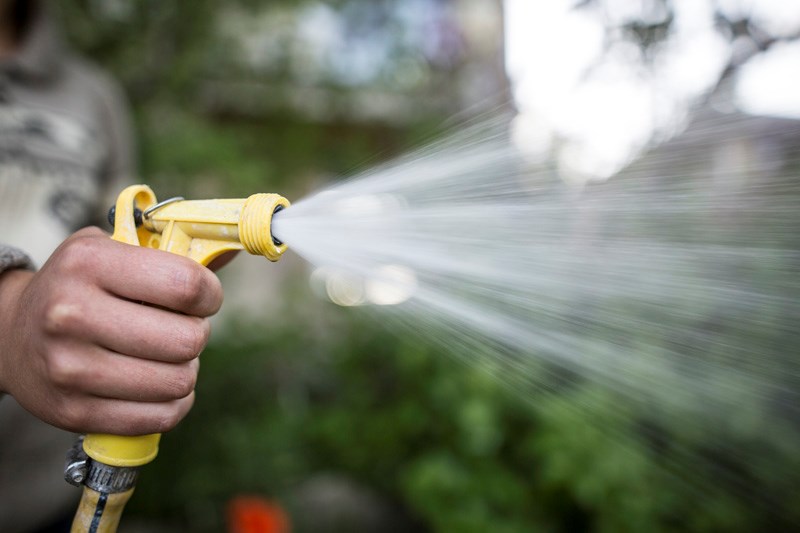July 19th, 2022, was the high water mark for West Nipissing residents’ water usage. On that day, 6,764 cubic meters, which is about 7.7 million liters flowing at 8,034 liters per minute, was used. May, June and July are the months with the highest daily average of treated water use. For example, in July, 7,358 cubic meters is treated daily. In October, that number falls to 3,530 cubic meters.
The stats caught councillor Kris Rivard’s attention, so he did some digging to provide some context about what was so special about July 19th.
“There was a ten-day period of very warm days and warm nights,” he noted, “which explains why on July 19th there were those high uses.”
What he found concerning “was that on July 20th and July 21st, it rained a lot. About three inches. “People watering their lawn or hosing down their driveways before an extreme rainfall is kind of a waste.”
Treating the municipal water supply isn’t cheap, he noted, and although he can’t provide crystal balls to residents to forecast rain before watering their greenery, he would like to do something.
“I know it’s something that can’t be fixed right away, but I would like to see some type of educational opportunities to help conserve water.” For example, Rivard mentioned Sundridge, which proposed a rain barrel program to “alleviate some of those strains on our water system.”
See: West Nipissing council sets water rates for 2023
The topic came up as municipal staff presented the annual water report to council, a yearly review mandated by the Province detailing the operations of the treatment plants. No issues were detected, and the plants received the all clear from the Ministry of Environment.
“Education would be key for that,” explained Peter Ming, West Nipissing’s manager of water and wastewater operations. “Moreso for the Verner system, which has more difficulty handling these drought conditions than the Sturgeon Falls location.”
“It’s something I could look into,” he added.
Jay Barbeau, the municipality’s chief administrative officer, agreed. “It is something that maybe we could start educating folks on,” he said. “Water is free on the intake; the cost is in the treatment.”
At a future meeting, Mayor Kathleen Thorne Rochon wants “to bring back a discussion on some conservation education ideas and initiatives” and “promote awareness that water is a finite resource too.”
David Briggs is a Local Journalism Initiative reporter who works out of BayToday, a publication of Village Media. The Local Journalism Initiative is funded by the Government of Canada.
